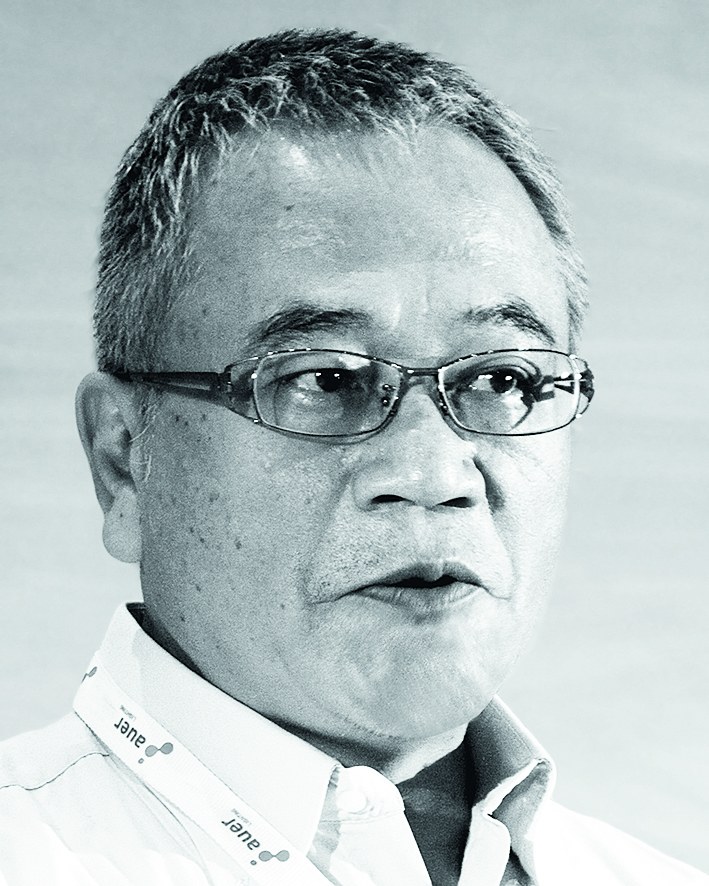Review of the LED Lighting Design Approach
A rapidly changing world leaves little time to react to new trends. Nokia lost its lead position because it failed to recognize market changes and take appropriate action in time. This has caused anxious industries to react quickly when changes come about. But, in some cases, such hasty reactions can also be harmful.
When LED luminaries were introduced into the global lighting in 2009, the lighting industry immediately took notice. The major lighting companies jumped on the LED lighting development train early and deployed huge resources and investments. But most did not yield a desirable business result.
Some disturbing news suggested that the LED lighting industry failed to move toward an optimistic profitable direction. The industry giants stepped down from the lighting business without an obvious successor to take the lead. This vacuum situation is definitely going to impact the lighting industry as a whole. The LED market will lose ground as a result. As the current LED lighting market has already provided low prices and low quality products, this situation of lacking leadership and powerhouse involvement, will prolong the saturated market without any possible solutions in sight.
At the beginning of the LED application development, the lighting industry promised consumers a new, affordable light source (LED) with low energy consumption and a long life. But unfortunately, instead of satisfying the consumer’s desire for high quality, the market has been flooded with poor quality and low cost products. The driving force between demand and supply has led the industry in the wrong direction of cutting costs by sacrificing quality. To provide what the consumers truly want, the design revolution for a high quality product with low costs needs to be the top priority for the LED lighting industry.
The current LED bulb form/geometry in today’s market is a copy of the incandescent lamp with the driver located inside the heat sink. Naturally, the temperature on the heat sink will become the operational temperature of a driver. The temperature on electrolytic capacitor is generally used as the lifetime measurement of a driver. The desirable capacitor temp is at 105°C /10,000 hr and its operation temperature is at 115°C inside of the bulb. This is fatal to an LED bulb and poor quality is a natural outcome in this case.
In the fluorescent lamp the tube shape is a reasonable design as a consequence of two electrodes on both ends to excite the light. However, the LED has different characteristics and a totally different technology. The tube shape cannot provide a sufficient heat exhaustion mechanism required for the LED packages. By forcing LED packages into the tube form, light decay and driver damage due to overheating comes more quickly. The LED bulb and tube are design failures that force new technology (new functions) into an old, existing form. These design directions have a lot to do with the current chaos of the LED lighting industry.
LED, this tiny light source, generates high lumen and high heat, which is totally different from any existing light source that man has ever seen. LED owns its unique characteristic that requires a completely new design concept to undertake the challenges it has. Existing designs have taken the “function follows form” approach. This approach has sacrificed functions by forcing a new technology into form fittings, crippled the lighting design development and left some unsolved challenges. In “form follows function”, functional needs of a new technology are fulfilled before it is finalized or the form identified. In short, choosing the right approach for an application could solve many issues. It could stimulate this industry, and lead to a brighter tomorrow.
Justin Jiang
He owns a Master of Science in Business Administration from the Mercer University, Atlanta, Georgia, USA. He also received a Bachelor of Science in Architecture from the Fung- Chia University, Taiwan, ROC. As General Manager at UniBrite, Justin Jiang has over 20 years of experience in lighting design, engineering, new product introduction, program management and related operational functions. He has gained excellent leadership, teamwork, and communication skills in cross functional projects with an emphasis towards outsourcing technical application and production resources. In-depth knowledge and experience in LED lighting, new product designing, master scheduling and new technical solutions are additional skills.

